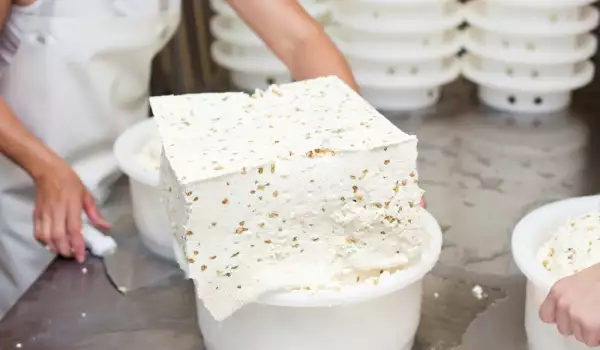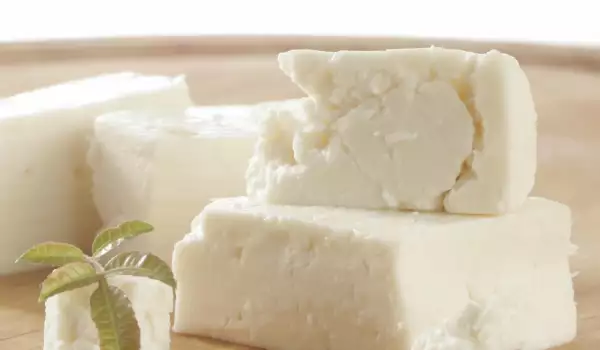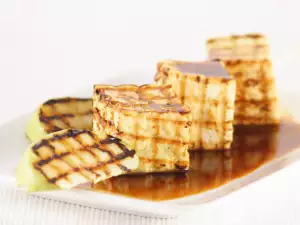The maturation process of white cheese is the final stage of its preparation. It is preceded by curdling, draining and pressing the cheese, as well as slicing and salting. It produces the most complex changes in its components. During this period, the properties are formed, giving the characteristics of the type of cheese - organoleptic.
During maturation, the most significant changes in the cheese are those in protein and to a lesser extent in fat. Only in the first hours after curdling the microorganisms from the yeast multiply rapidly, the lactose is broken down to glucose and galactose and from there to lactic acid.

During the process, the total titratable acidity increases. By increasing the lactic acid calcium from calcium paracaseinate it is converted to monocalcium. This new compound can swell and this way it helps the individual grains to stick together and give the cheese elasticity.
In order to obtain the organoleptic and nutritional properties, characteristic of the cheese, the change in casein is of the utmost importance. It goes through five complex stages.

During the maturation process, as a result of the decomposed products obtained, the typical specific taste and smell of the cheese are obtained. This is called the "cheese bouquet".
The taste of the cheese once it matures is mainly due to some amino acids. They are most strongly determined by glutamic acid, as well as by 130 other types of volatile substances. Among them are the amines tyramine, tryptamine, histamine, methylalanine, dimethyl and trimethylamine and others.
Maturation happens at 15° and lasts 45 days. During the first few days, the proteins are broken down by chymosin. After 12-14 days, the action of proteolytic endoenzymes released after the death of lactic acid microorganisms begins.
The maturation process aims to thicken the resulting lactic acid, which is also its preservative. According to the raw material in our country, cheeses are divided into several types:
- Goat cheese and buffalo cheese;
- Cow's cheese;
- Sheep cheese;
- Feta cheese;
In addition, the cheeses are divided according to the area in which they are made. However, the processes are almost the same everywhere, with small differences at a local level.
Note that the information provided is for information only and relates to homemade white cheese. The process and technology of maturation of different types of cheese is different, and it is often a top secret.




















Comments